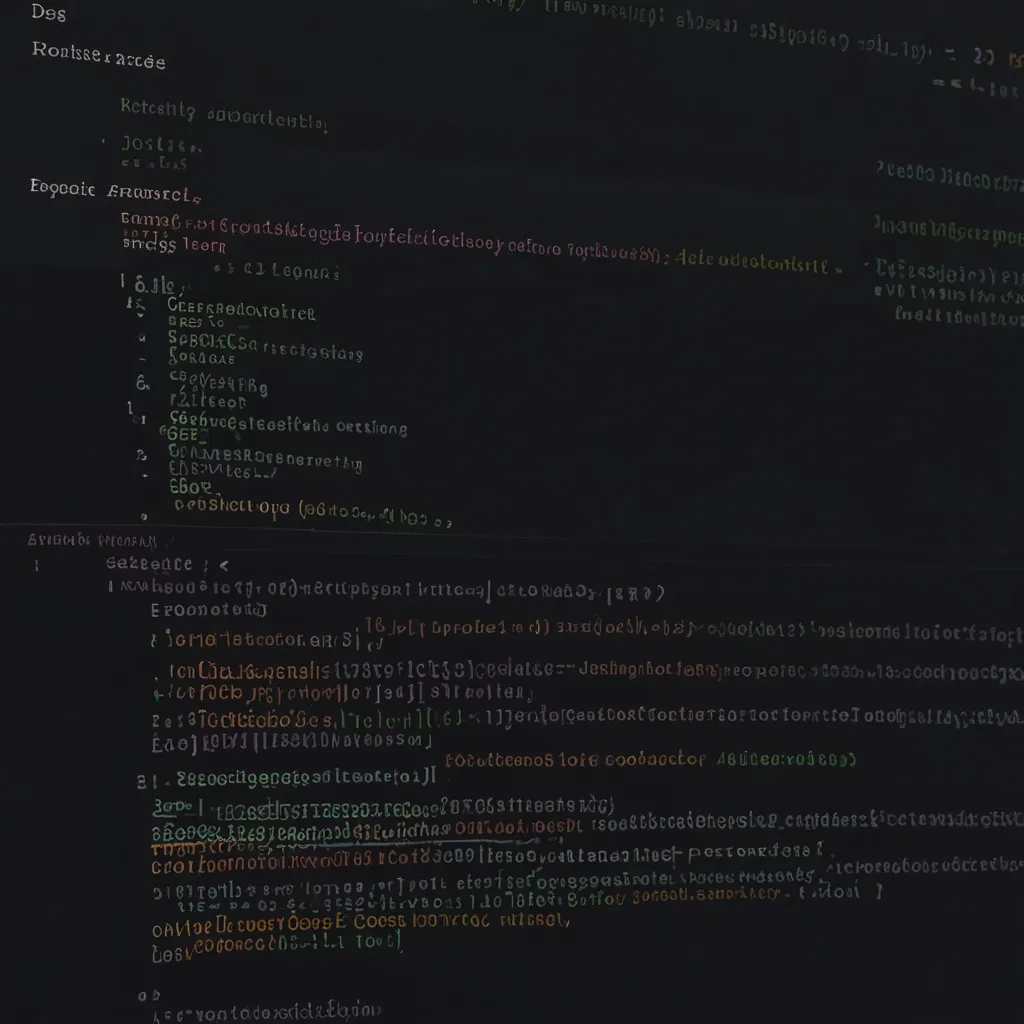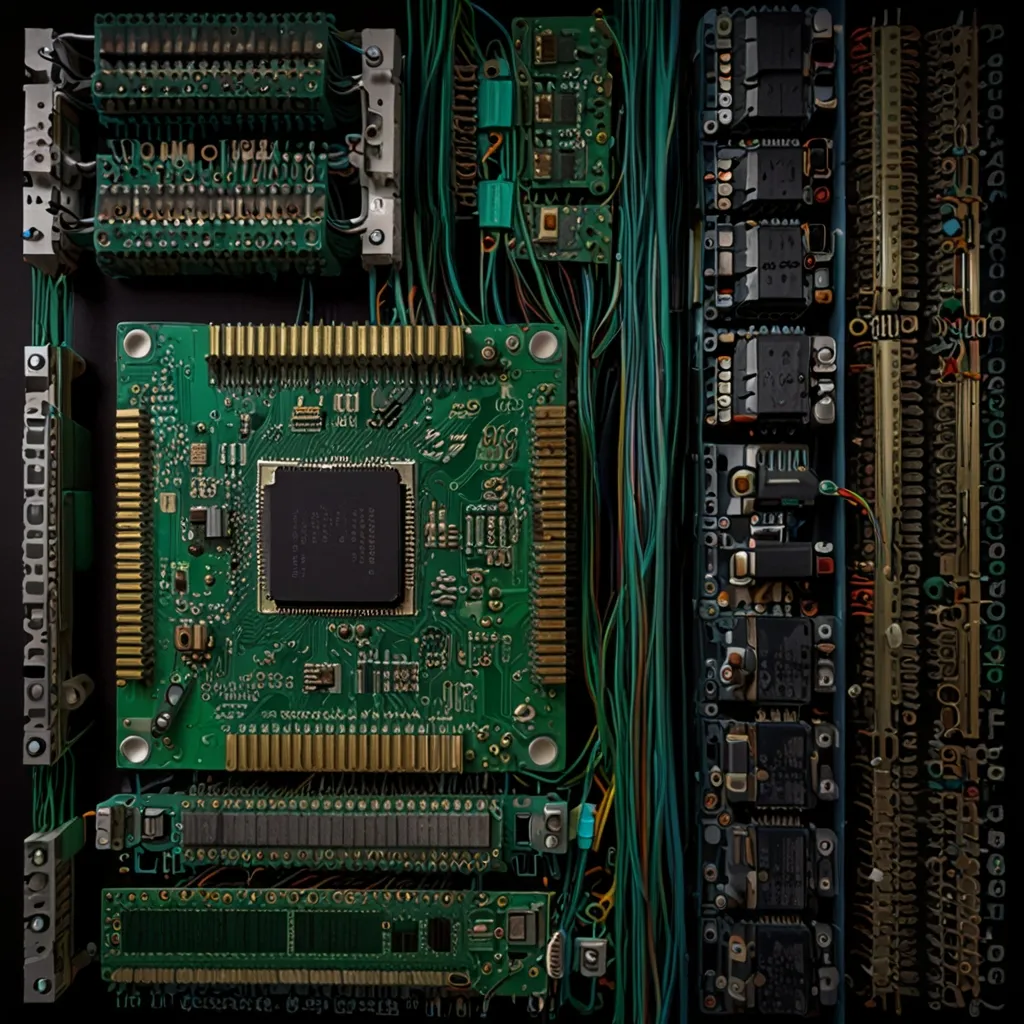Fortran, that programming language your grandparents might have used, is still kicking it in the world of scientific and engineering computing. Born in the 1950s, it’s like the grandmaster of high-performance computing languages, especially in fields that deal with hardcore numerical calculations.
Fortran debuted thanks to IBM, with its first successful compilation back in 1958. It was tailored for scientific and numerical work right from the start, making it the go-to for stuff like numerical weather prediction, finite element analysis, and computational fluid dynamics. Over the decades, Fortran has gone through some serious evolution. Each new version added more bells and whistles: Fortran 77 brought character data types to the party, while Fortran 90 jazzed things up with structured, array, and generic programming. The fun didn’t stop there. Fortran 95 and Fortran 2003 jumped into the mix with parallel and object-oriented programming.
Now, why is Fortran still hanging around? One word: performance. It’s perfect for high-octane computing tasks, which makes it super popular among scientists and engineers. Fortran programs are speedy—sometimes they even smoke other languages like C++ in certain benchmarks. This speediness isn’t just by chance; it comes from Fortran’s top-notch compilers, which have been souped-up over decades to wring out every bit of performance from supercomputers.
When it comes to scientific computing, Fortran is like the Swiss Army knife. You’ll find it everywhere—climate modeling, computational chemistry, and all sorts of complex physics. Big-name projects like the Goddard Institute for Space Studies models and the Nucleus for European Modelling of the Ocean (NEMO) project are powered by Fortran. These kind of heavy-duty applications need serious number-crunching abilities, and Fortran delivers without breaking a sweat.
You might think of Fortran as some old relic, but it’s got modern features that keep it on par with the new kids on the block. Fortran 2003 brought in object-oriented programming, and later versions kept beefing up these capabilities. Fortran 2018 improved the game with better interoperability with other languages, like C. This means you can mix and match Fortran with other languages to use the best tool for each job, which is a big win because a lot of scientific programs use a cocktail of languages.
Parallel computing is one of Fortran’s strong suits. With features like Coarray Fortran, you can easily spread your code across multiple processors, from your trusty laptop to the biggest supercomputers out there. This is a huge plus because not many other languages can handle parallel computing so effortlessly, making Fortran the top pick for tasks needing a ton of computational muscle.
Even though new programming languages pop up all the time, there’s still a ton of legacy code written in Fortran. Rewriting all that code in a new language would be a Herculean task, so it tends to stick around. Plus, the constant development and optimization of Fortran compilers mean that it’s not about to fade into obscurity. There’s a thriving Fortran community out there, always ready to help fellow developers make the leap to modern Fortran standards.
You probably won’t find Fortran in the syllabus of the latest computer science courses, but it hasn’t been completely sidelined in education. Learning Fortran can be like a trip down memory lane through the history of programming paradigms—from structured to object-oriented programming. For students with a passion for scientific computing, Fortran can offer some priceless insights on tackling gnarly numerical problems.
Fortran’s got its ups and downs, like any language. On the upside, it’s unbeatable in performance and compatibility for high-performance computing tasks. The downside? Its syntax can be a bit of a puzzle for newbies, and you need to keep a close eye on memory management. Plus, although Fortran is super efficient, a lot of the numerical heavy lifting is often done using libraries like BLAS and LAPACK, which are usually written in C.
Fortran’s long-standing role in scientific and engineering computing is proof of its might and versatility. With its supercharged compilers, solid support for parallel computing, and a massive legacy codebase, Fortran remains a key player for researchers and engineers. It might not be the trendiest language on the block, but Fortran’s unique strengths make sure it will keep playing a crucial role in high-performance computing for years to come. So whether you’re diving into climate models, hacking away at computational chemistry, or any field needing serious number crunching, Fortran is definitely worth a look.






